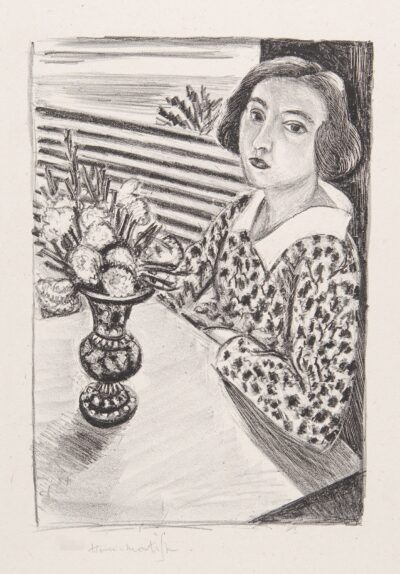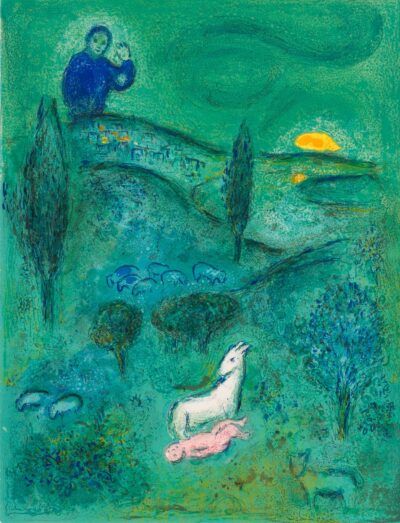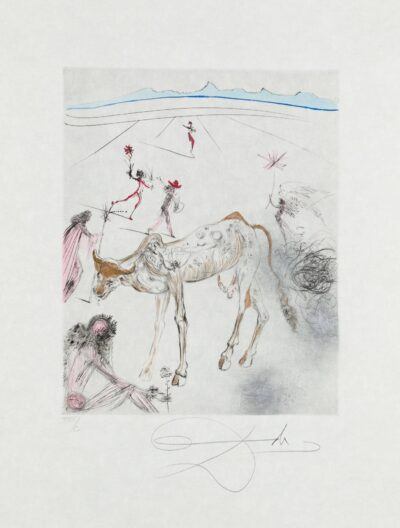Zwei Reiter Vor Rot
Wassily Kandinsky
Zwei Reiter Vor Rot
woodcut
1911
An original Wassily Kandinsky woodcut print.
(Two Riders against a Red Background)
1911
Original woodcut printed in four colors (yellow, red, blue, black) from four blocks on wove paper.
Signed in the block with the artist’s monogram (the letter “K” in a triangle) lower left.
A superb impression of Roethel’s first state, from the edition of 1,200, published by G. di San Lazarro, Chroniques du Jour, Paris. in XXeme Siecle, vol. I, no. 3, Paris, 1938, illustrating the artist’s essay “Mes gravures sur bois” (apart from the edition of 345 published in Klänge). One of 56 woodcuts originally published in 1913 in the album Klänge.
Catalog: Roethel 95
Size Image: 4 1/8 x 6 ¼ inches
Sheet Size: 12 ½ x 9 5/8 inches
The color woodcuts that Kandinsky made between 1909 and 1913 are some of the most significant prints of early 20th century European art, for they mark the birth of the concept of abstract composition. In his statement of 1910, “Concerning the Spiritual in Art”, he set down his ideas of how an image could be totally non-objective in concept. Taking the ideas put forward in France by artists like Gauguin and the Symbolists that part of the appreciation of an image was purely emotional, he postulated that a picture could be appreciated, and created, on two levels – through the outwardly pictorial form and through direct communication with the senses. Then, stimulated by his interest in music, he decided that it was possible to do away with normal pictorial description and aim to appeal only to the subconscious.





